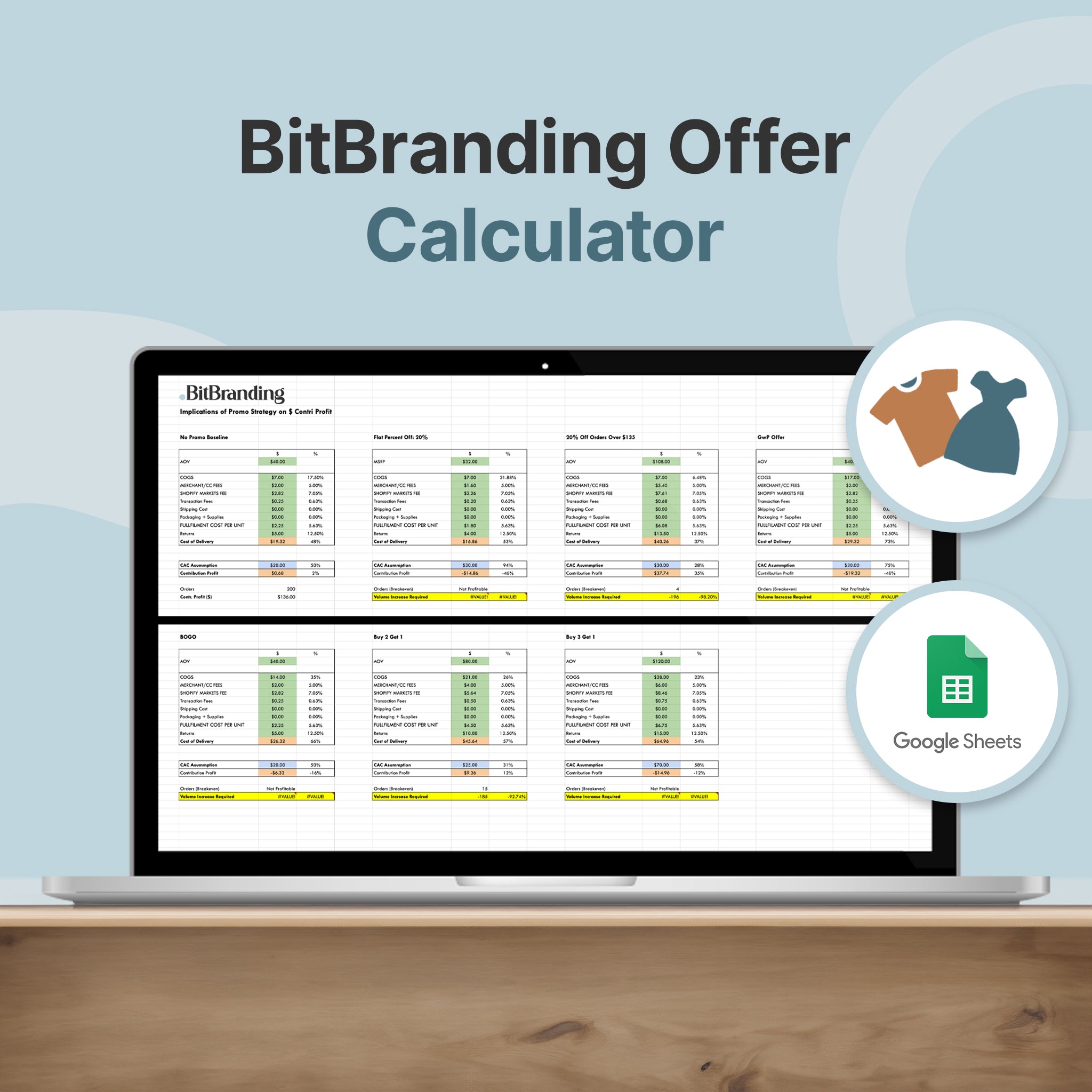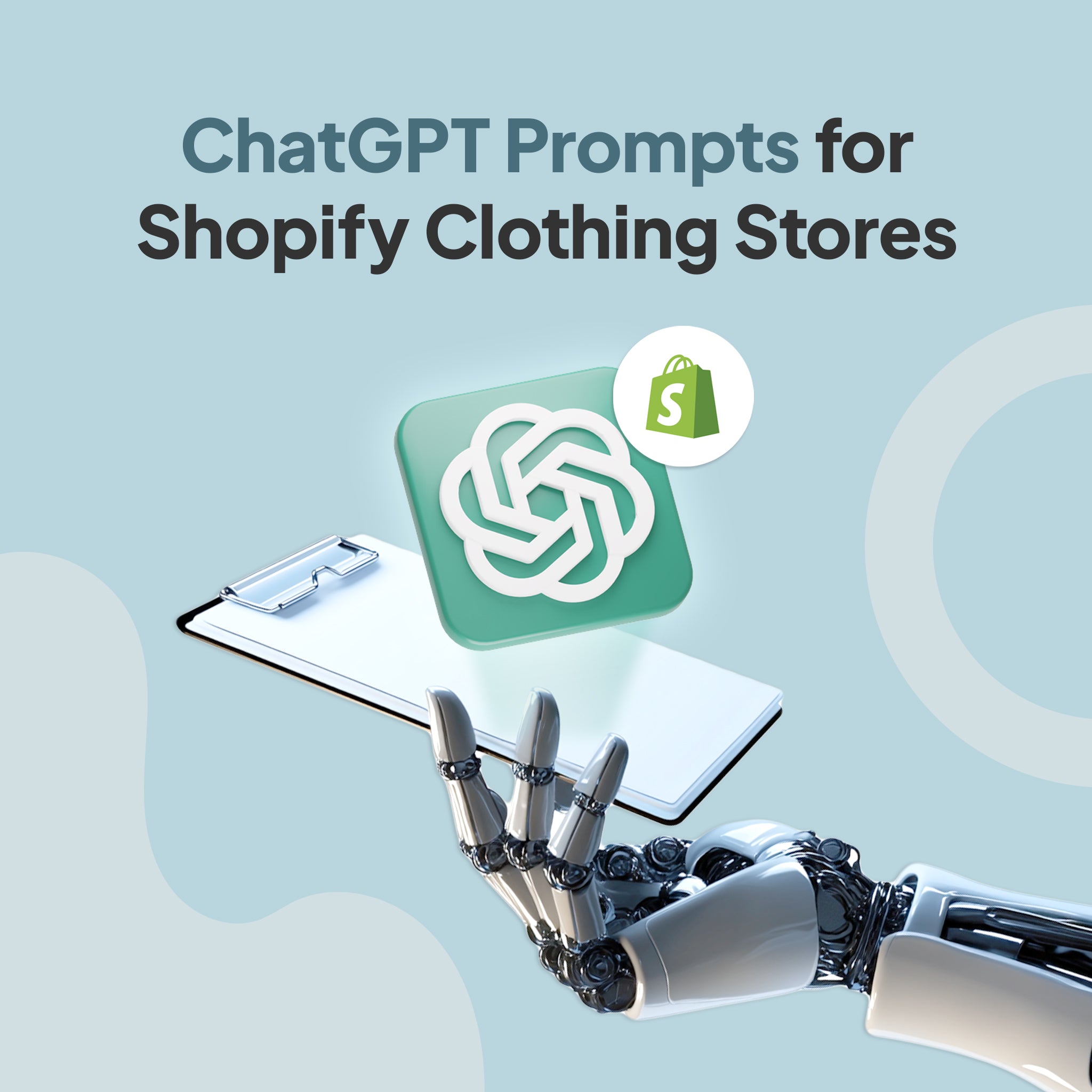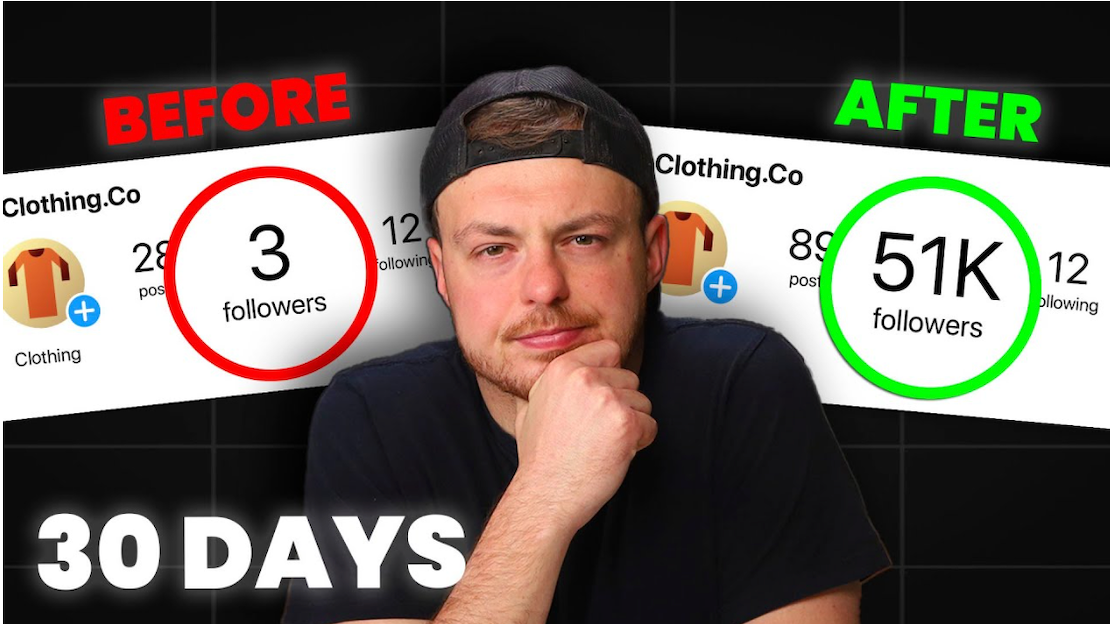A new online store without great content isn’t going to succeed. Youneed unique product pages, good category descriptions, and a lively blog andengaging social media channels to run a successful ecommerce store.
Great content isn’t just about optimizing for search engines and makingsales (though it’s good for both of those things), it’s also about buildingtrust with the user. Online content is your chance to build a brand and make adifference to your customers’ lives, as well as increase profits.
So whether you are a newbie retailer, or a seasoned veteran: here arethe key things you need to know about ecommerce content strategy in order tomake a success of your new online venture. (Before you dive in — have youchecked out our ecommerce secrets yet?).
Basics of a good ecommerce content strategy
Good contentstrategy comes from successful content planning, editing, testing and refining.
You need to see content production as a central asset ofyour online business and treat it accordingly. Shoddy content that is thrown upas an afterthought is a bad investment and won’t do you any favors.
- Map out all your content needs for the first year — including your blog editorial calendar. Use this mapping process to help you plan and budget for content production. Content is notoriously hard to budget for, but careful planning should help you not succumb to common content pitfalls. If you need to hire part-time copywriters or freelancers — do. There is nothing worse than having to leave customers and orders hanging because of content pressures.
- Learn how to effectively track content by setting out content goals and KPIs before briefing. Be clear when managing content briefs what the end result or outcome is for each bit of content so that you don’t get into a muddle.
- Don’t forget to factor in ecommerce-specific content like product and category descriptions. Unique and compelling copy will help you rank better with users and search engines.
- Remember to plan for the seasonality of ecommerce sales and content – invest more budget when you’re likely to get more return on your content investment.
- Learn from other businesses who do it well – follow successful online merchants on social media and read their blogs to see how they are managing their ecommerce content efforts. Gauge audience reactions through likes, comments and shares.
Savvy brands like Hotter capitalize on seasonal trends bycreating blog content that revolves around their customers and their products. Combining seasonality with product marketingkeeps the brand’s blog relevant and engaging, and is a great touchpoint forblogger and media relations.

From summer fashion to holiday packing, their blog contentis timely and so much more likely to attract shares and likes. How to do thesame for your store?
- Have seasonal product imagery and photos ready — try to create a consistent seasonal look, and prep them a few months in advance.
- Brainstorm seasonal content way in advance and ensure you have adequate content resources to meet the demand.
- Think about what your customers are doing and feeling right now — it will help you connect with them better and create posts that are more likely to resonate.
Why & how content sells
A big element of the inboundsales & marketing methodology is connecting with your buyerpersonas through expertly timed and judged content. This is how the rightcontent can make a big difference to sales figures:
- Content is great for users and great for SEO, and it will make your store more discoverable. Focus on answering key user and persona questions.
- Helpful content that addresses people’s problems will always be appreciated by your audience. Don’t get stuck in a ‘sell, sell, sell’ mentality – focus on quality and expertise instead. This will help you build trust in your brand as a whole.
- Content will help you convert visitors, and close leads into customers – it’s all about placing the right bit of content in front of the right person at the right time. Sometimes that might be a video, other times it might be a tweet. Whatever you do, make sure your content is anchored in your buyer persona’s purchase journey and helps raise product awareness.
- Use all the different content avenues available to you like your blog, landing pages, product pages, category descriptions etc. Adapt and optimize content for each format and cut down on research time with clever integration and content recycling. Match the content with the format and keep testing different ideas and forms of content as you go along.
Michelin publish loads of tyre content — mostof it focused on the user and the types of questions they would ask — and theyrank very highly in search engines for all types of tyre and car-relatedquestions.


Their content neatly reflects different buyer awarenessstages — telling people why there is a need for tyres, then taking them throughtheir specific options.
Adopt a similarapproach for your content — start out broad and identify a product need, thenhone in on product selection.
Social selling
Social media is a great place for ecommerce content.
Social media is a place for selling and engaging withyour audience. To be successful on social media, you need to devise a social mediastrategy in order to create compelling content that resonates with youraudience.
- Social media management tools like Hootsuite can really help you speed up your social media management workflow. Hootsuite have a whole suite of free training videos and webinars, as well as a free certification. You can set up individual teams within your Hootsuite dashboard and create an organizational structure that makes sense for you.
- Listen to your audience too – learn how to effectively monitor audience conversations.
- Be aware that customers will also be contacting you on social media for support issues and queries – make sure you have a process in place in order to deal with this effectively. You don’t want a disgruntled customer going rogue on you.
- Be on the platforms that make sense for your brand and its customers.
Pukka Herbs recognize that boring productplugs aren’t going to work on social — so they connect their teas to what’sgoing on in their customers’ lives instead.

By embedding their product within a wide customernarrative (working out), they improve their engagement rates, and make theirbrand feel more genuine.
How to do the same?
- Think carefully about how you can embed your products within a wider consumer story — connect your product with what’s going on in people’s lives, rather than just pushing them out in a promotional vacuum.
- Social media is visual, so spend time dressing your products and making posts look good with filters and image editing.
- Emojis and motivational posts always go down well! Don’t be afraid to be a bit cheeky and relaxed on social.
Online reviews & social proof
No online store is an island.
It’s not just about the content that you create orcurate – it’s also about the content that comes from your audience. Sellingwith social proof is becoming increasingly central to ecommerce strategy andyou want to have a store that has a lively community around itself.
- Online reviews are an ecommerce cornerstone and will need to be factored into your overall content strategy. How are you going to acquire reviews? Do you need incentives?
- What sorts of review formats and layouts are you going to prioritize? Think about how questions and images will impact the reviewer’s message.
- Encourage lively social media conversations about your products or services to create a sense of community. Ask questions, be helpful, host giveaways – get people involved with the power of great content.
LUSH USA has customer reviews that are socomprehensive you almost feel like you’ve tested the product yourself beforeyou buy it! The reviews are embedded on product pages and are really easy toread and navigate through.

Getting customers to upvote reviews is a great way toreward customers who engage with your review platform, but also ensure that themost helpful content wins out. Create a sense of community through your productreviews and see your conversions rise.
How to open a store content first
Want to make sales fast? The best way to launch asuccessful ecommerce store is to prioritize promotion and content – spending less time on the actual build andsetup of your online store. As an ecommerce store you will mainly be reliant onsearch engines and social media for sales – both of which need a ready andfresh supply of content.
- Speed things up and create your own online store that will give you the flexibility to change tact fast. Don’t waste months and months on an expensive web build – it won’t bring you anymore customers (but great content will).
- Set up an agile content team that is able to deal with the challenges of ecommerce content. Prioritize planning and testing.
- Listen to your audience. Use keyword research tools like AnswerThePublic to see what people are saying and typing into search engines.
These green entrepreneurs have used Shopify to launch anonline camping and outdoor emporium; BioLiteuse their blog as a place to share their story, mission, and values.

The whole store is focused around great user stories andimagery — and they really delve into the heart of sustainability issues. Agreat example of a brand who use content to create deep and meaningfulrelationships with their customers.
Launching a store with great content willmake you more likely to succeed. What do you think makes for great ecommercecontent, and why?
About the author: Hi there! I’m VictoriaGreene, digital marketing ninja. When it comes to ecommerce and marketing,I’ve got the moves. I want to share my knowledge with you and the world, so gocheck out my blog, Victoria Ecommerce.











Share:
Marketing Magic: How to Make Effective Social Media Posts
Why The Best Designs Have A Spot For Reviews